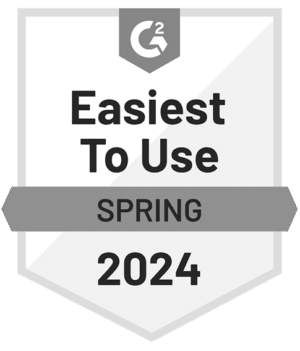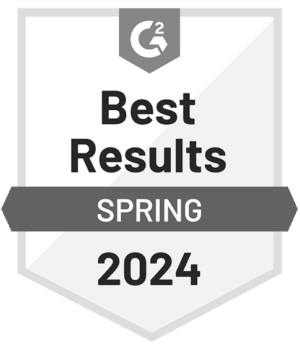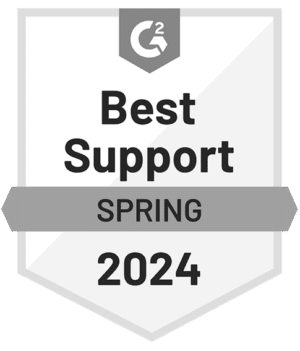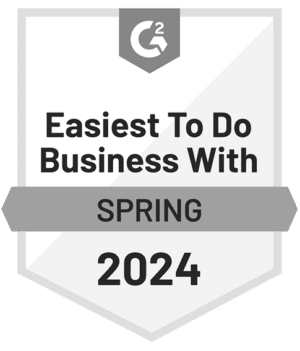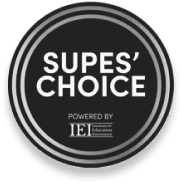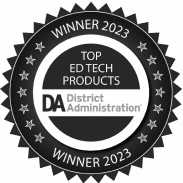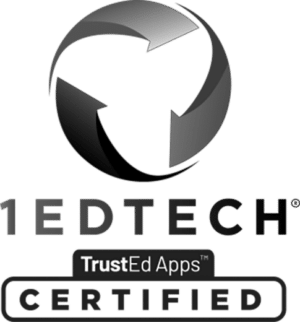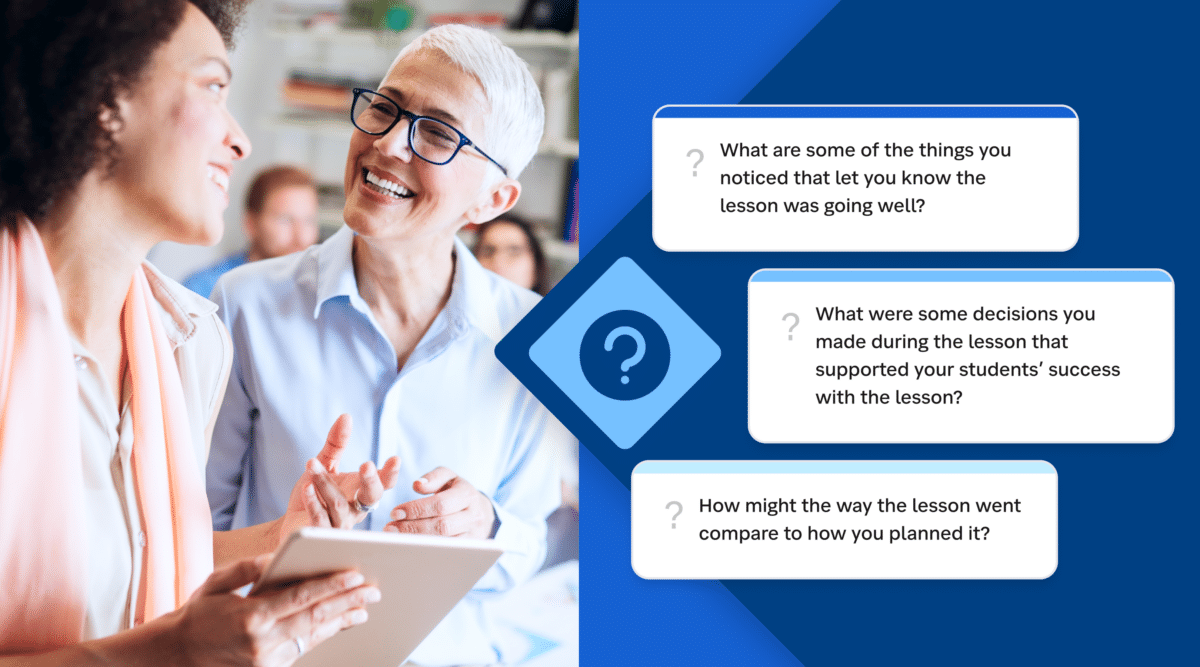
Picture yourself sitting down to have a reflecting conversation with a teacher you just observed teaching a lesson. The conversation is going well; the teacher shares that she thought the lesson went okay, basically the way she had planned.
To help the teacher explore her practice more deeply, when the teacher finishes sharing you ask, “So what would you do differently next time?”
Suddenly the teacher’s posture changes.
She sits up straight and diverts her eyes. “What do you mean do differently? I mean, I’m not sure what I’d do differently next time. I thought it went pretty well.” The tone of her voice rises and her speech quickens; something is wrong.
You quickly try to repair the conversation and explain the intention behind your question. The teacher nods but a few moments later asks if you could come back another time, as she just remembered something she has to take care of before her next class of students.
You say, “of course” and that you’ll stop by tomorrow, but the teacher has already moved on. You leave, wondering how your intentions behind the question could have been so badly received.
Crafting questions that invite thinking—while providing psychological safety to the person receiving the question—is a skill that needs attention and intentional practice.
Research says that questioning may be the most frequently used instructional intervention used by teachers, with questions reaching up to 400 a day. As it turns out, questioning is also a main component of almost every coaching model.
If educators, coaches, and instructional leaders know the value of asking questions, why have we have all had those moments when our efforts fall flat?
Through the work of Cognitive Coaching, we continually develop our understanding of this challenge, drawing from both experience and research.
5 Tips for Asking Better Questions
Below are some key ingredients to asking questions in ways that invite and support thinking while creating a safe environment for the response.
- Approachable voice is a way of attending to the tone and inflection of voice when asking questions (Costa & Garmston, 2002). fMRI scans show that the brain has better cognitive functioning when questions are posed with a focus on the Positive Emotional Attractor (PEA), or positive visioning areas of the brain. Researchers from Case Western Reserve found through fMRI studies that these spaces were aroused from the approachable state.
- Tentative language (“might” or “some”) is word choice in a question that signals to the brain “a toward state,” or an open and curious state of mind (Rock, 2009). This is significant because it implies exploration and an invitation to think.
- Plural forms are the syntax and structure of a question that allow the brain to think in multiple possibilities, “[supporting] the capacity for choice” (Rock, 2009).
- Positive presuppositions are positive assumptions and meaning embedded in the question that “assumes capability and empowerment” (Costa & Garmston, 2002).
- Open-ended stems are the structure of a question indicating that many different answers are possible; or an opening that has no known answer and does not constrain a response (Hargreaves, 1984; de Rivera et al., 2005).
These specific structural elements provide the maximum potential to invite thinking, rather than a “gotcha” reactionary response. Rock, in his book Your Brain at Work, cites the work of Mark Beeman in the NeuroLeadership Journal to explain the significance of using questions to help people “focus on their own subtle connections.”
In the above scenario, while the intention of the coach was to explore the teacher’s thinking about the lesson, the use of the word “differently” negatively presupposes that the lesson needs to be changed from the perspective of the coach. Instead of asking a question that might allow the teacher to make their “own subtle connection,” the negative presupposition made the connection for them, possibly leading to the teacher’s defensive response.
Rethinking “What would you do differently next time?”
Let’s rephrase our question using these new tips. It might sound something like this:
“What might (tentative language) be some (tentative language) important parts (plural forms) of the lesson you want to remember (positive presuppositions for reflection) as you plan (positive presupposition for planning) for the next lesson?”
And, of course, the question would be offered in a tone conveying a positive, approachable stance and tone.
6 Great Examples of Reflective Questions
Here are some additional examples of questions with these specific structural elements you might offer in a reflecting conversation after a teacher observation:
- What are some of the things you noticed that let you know the lesson was going well?
- What were some decisions you made during the lesson that supported your students’ success with the lesson?
- How might the way the lesson went compare to how you planned it?
- As you reflect on your lesson, what are you learning that you might want to carry forward for next time?
- Based on what you’re learning about yourself during this lesson, what might you commit to applying next time?
- How has this conversation helped your thinking?
Some Final Reminders
Lastly, as you think about using these elements of invitation to coach teachers around their practice, here are a few reminders in posing questions that support thinking:
- Questions are most impactful when preceded by an authentic paraphrase. For more information about paraphrasing, see the work of Costa and Garmston in Cognitive Coaching Developing Self-Directed Leaders and Learners, 3rd Edition.
- Begin your questions with “what” or “how” rather than “Do you,” “Could you,” or “Why.”
- Ask questions without a specific answer in mind. If you are expecting to hear a particular answer, the person responding might sense it and feel the question is inauthentic, or even worse, manipulative.
Next time you sit down for a coaching conversation, revise your questions with these syntactical elements to better match your intention to support your coachee with questions that will allow them to explore their thinking, rather than yours.
Boost is a highly customizable observation and evaluation platform that supports ongoing feedback and growth for teachers and school leaders.
About our Guest Bloggers
Natalie Irons, a National Board Certified Teacher and Professional Learning Partner with UCLA Center X, supports teachers and school systems as a coach and collaborator. As a Training Associate for Cognitive Coaching, with Thinking Collaborative, she combines a coaching skillset to all her work with Center X.
Carrie Usui Johnson is a National Board Certified Teacher and Director of Professional Development and Partnerships at UCLA Center X, where she supports instructional coaches and school systems as a coach, collaborator and facilitator. As a Training Associate for Adaptive Schools and Agency Trainer for Cognitive Coaching for Thinking Collaborative, she supports individuals and groups in developing self-directedness and resourcefulness.
Stay Connected
News, articles, and tips for meeting your district's goals - delivered to your inbox.





